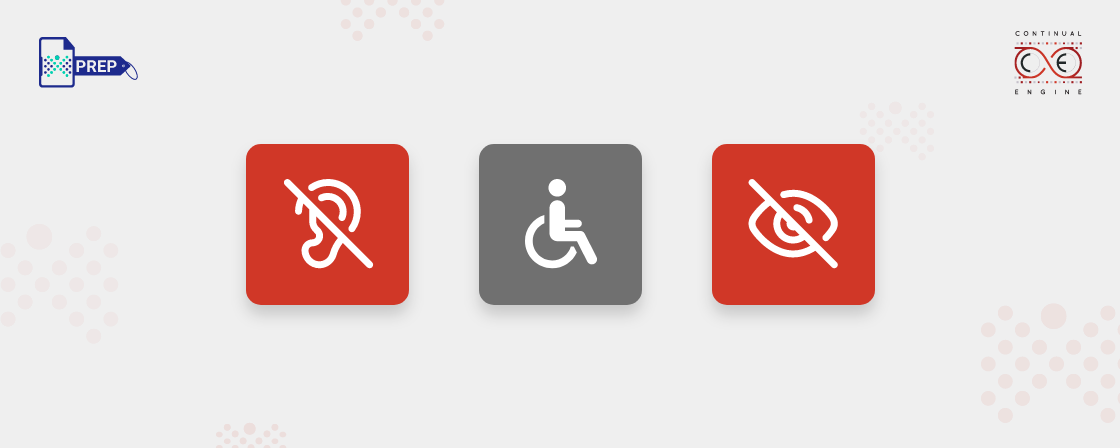What is the European Accessibility Act?
How Does the EAA Affect Businesses?
- Seamless cross-border trades
- Reduced costs
- Larger market
What Products, Industries, and Services are Affected by the EAA?
-
Restaurants and Shops
- Self-service technologies, point-of-sale devices, and kiosks
-
E-commerce and Online Service Providers
- Consumer-facing sites and apps
-
Airlines and Transport
- Mobile apps
- Websites
- Electronic tickets and electronic ticketing services
- Self-service technologies, point-of-sale devices, and kiosks
- Delivery of transport service information, including real-time travel information
-
Mobile Device or Computer Manufacturing/Distribution/Importing
- Communication and telephony equipment with computer capability
- Computers and mobile phones
- Media equipment with computer capability
- Point-of-sale devices and self-service kiosks
- E-readers
Note: Remember that accessibility is not just about the product itself. It also extends to the packaging, instructions, and labels. Providers must make sure that every aspect of their technology is accessible to everyone, from the way it is presented to how users interact with it.
-
Media Streaming and Telephony Providers
- Websites
- Mobile apps
- Media equipment with computer capability
- Communication and telephony equipment with computer capability
Note: Accessibility goes beyond just the content and also applies to the services and features used to deliver it. Media providers must ensure that every aspect of their platform is designed to offer equal access to people with disabilities, meeting both product- and content-specific accessibility standards.
-
Financial Industry
- Consumer banking services
- Websites
- Mobile apps
- Contact information
- ATMs, point-of-sale devices, kiosks, and self-service transaction machines
-
Healthcare Organizations
The EAA does not specifically cover healthcare services unless those services overlap with any of the previously mentioned technologies or experiences.
-
Business-to-Business (B2B) and Business-to-Government (B2G) Organizations
Businesses selling technology or software to public or private sectors should prioritize EAA compliance, as their customers will expect products to meet these standards during the procurement process.
What are the Key Requirements of EAA and How to Comply with EAA?
- Guidelines (WCAG) 2.1, Level AA: Websites, mobile apps, and digital content must adhere to the Web Content Accessibility Guidelines (WCAG) 2.1 at Level AA to ensure usability for individuals with visual, auditory, and cognitive impairments.
- Digital Services: Online platforms, e-commerce websites, and mobile applications must be designed with accessibility in mind, enabling users with disabilities to navigate, interact, and complete transactions seamlessly.
- Electronic Communications: Telecommunications services, messaging platforms, and video conferencing tools must incorporate accessibility features such as text-to-speech, captions, and real-time text to support individuals with disabilities.
- Self-Service Terminals and Kiosks: ATMs, ticketing machines, and other self-service devices should include accessibility features such as screen readers, tactile keypads, and height-adjustable interfaces to accommodate users with varying needs.
- E-books and Digital Publications: Digital reading materials must support features like text-to-speech, adjustable fonts, and alternative text for images, ensuring accessibility for individuals with visual impairments.
What Happens for Not Complying with the EAA?
What’s the Difference Between EU Web Accessibility Directive and WCAG?
EU Web Accessibility Directive vs the European Accessibility Act
How Continual Engine Helps You Comply with the European Accessibility Act (EAA)?
Automating your accessibility is the best option to avoid going through the hassle of manually making your business more accessible. You can make it happen with Continual Engine.
